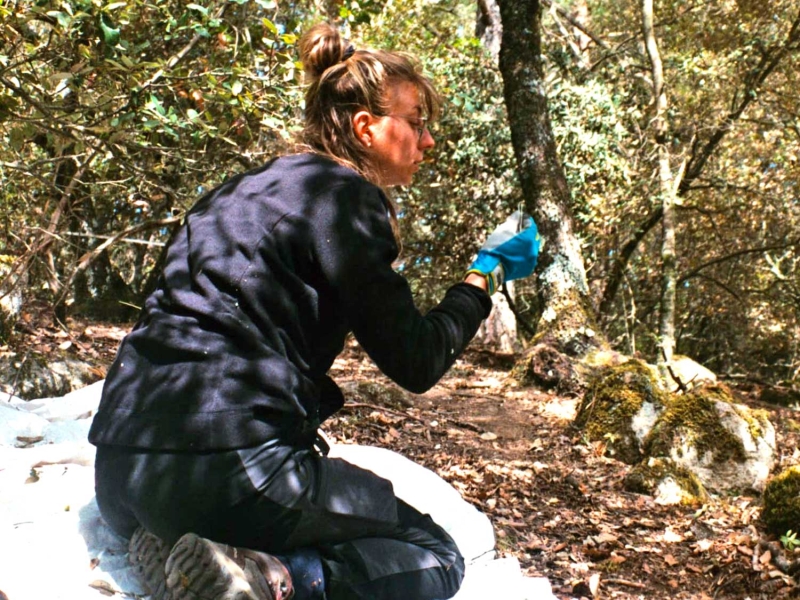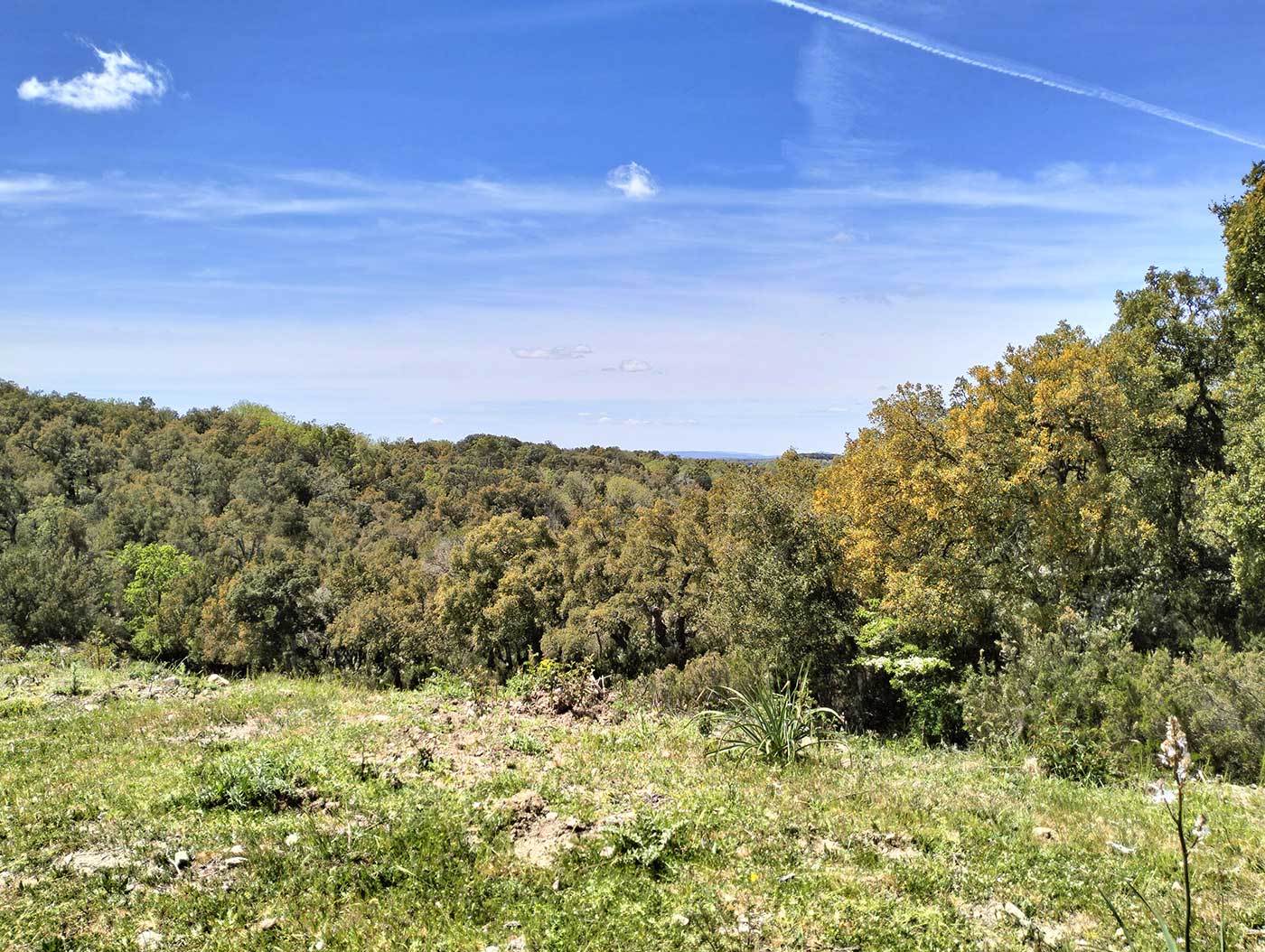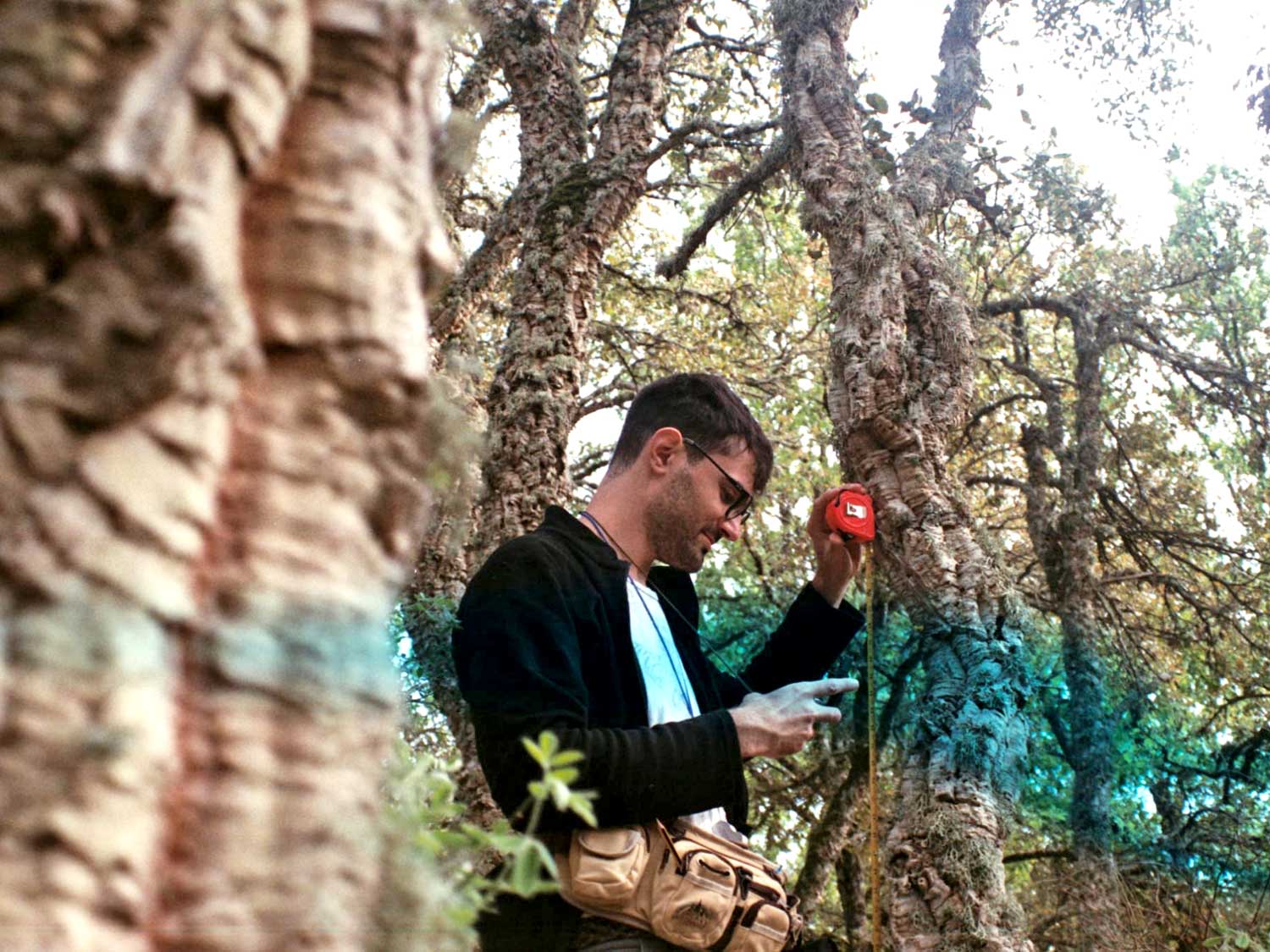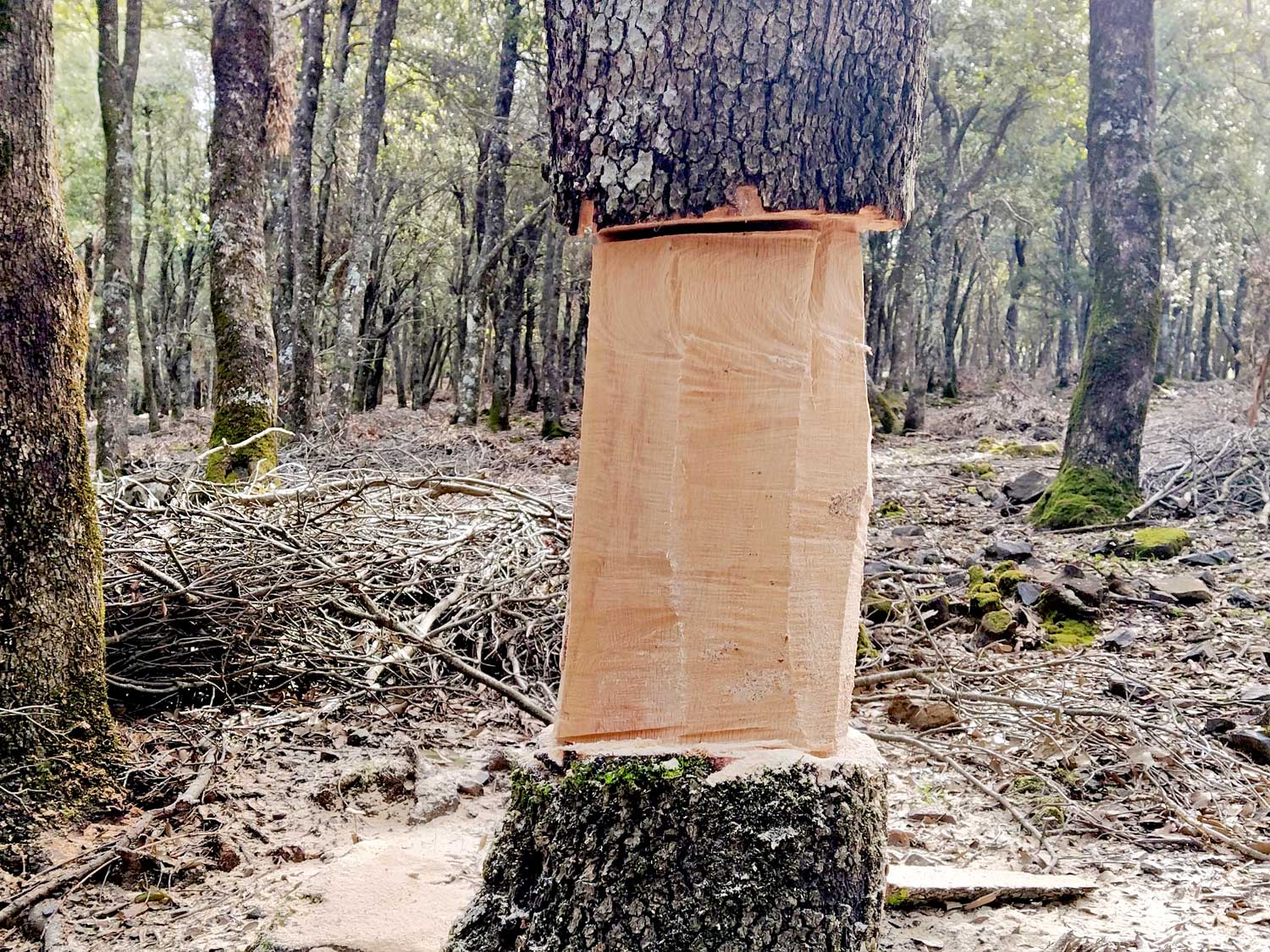Share

As part of the GoProForMed project, several theses have been developed to further investigate the target habitats of the project. Here, we present the abstract of Elisa Capraseccca's thesis entitled "A study about relationships between forest structure and invertebrates' functional categories richness in Mediterranean habitats" completed at the Faculty of Mathematics, Physics and Natural Sciences, Department of Environmental Biology of the Sapienza University of Rome.
Abstract
This study analyses the relationships between the functional diversity of invertebrate communities and forest structure in Mediterranean habitats dominated by Castanea sativa, Quercus ilex, Quercus suber, and Pinus nigra. The investigation focuses on lying deadwood and understory vegetation to evaluate how these factors influence the abundance and richness of functional categories of invertebrates. Data were collected at 11 sites using standardized protocols and include taxonomic identification up to the family level (or species level when possible) and the assignment of functional categories based on feeding behaviours.
The analysis employs regression trees and generalized linear mixed models (GLMMs) with the richness of functional categories as the response variable.
For invertebrates associated with lying deadwood, the predictive variables include the decay class and diameter of the deadwood, as well as the Shannon index for decay classes and the number of fragments per plot. For invertebrates associated with the understory, the analysis considers the Shannon index of plant species and the percentage cover of herbaceous, shrub, and tree layers. The models include the site as a random effect.
The results reveal that deadwood diversity (calculated using the Shannon index) positively correlates with functional categories’ richness associated with it. For invertebrates associated with the understory, a negative relationship is observed with herbaceous layer’s cover and a positive one with the diversity of shrub layer species. These findings highlight that higher heterogeneity in deadwood and shrub vegetation supports greater diversity in functional categories of invertebrates.
In conclusion, maintaining high diversity in deadwood and understory vegetation is critical for preserving the functional diversity of invertebrates in Mediterranean forests, contributing to sustainable forest management and biodiversity conservation.











